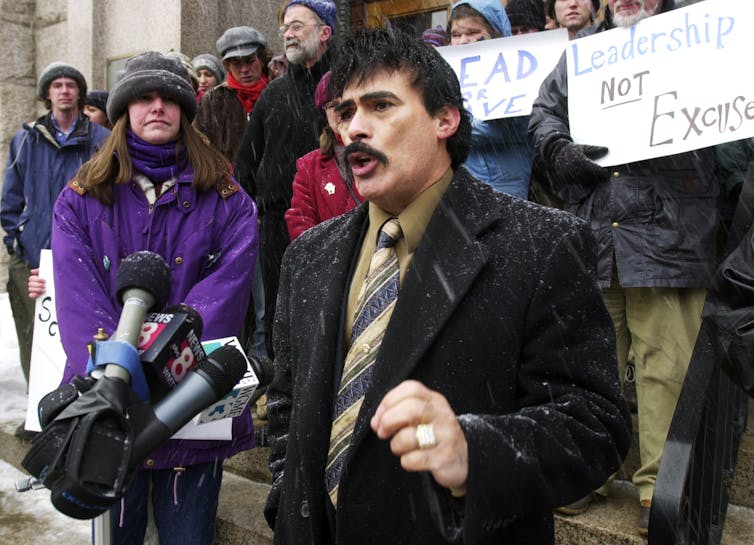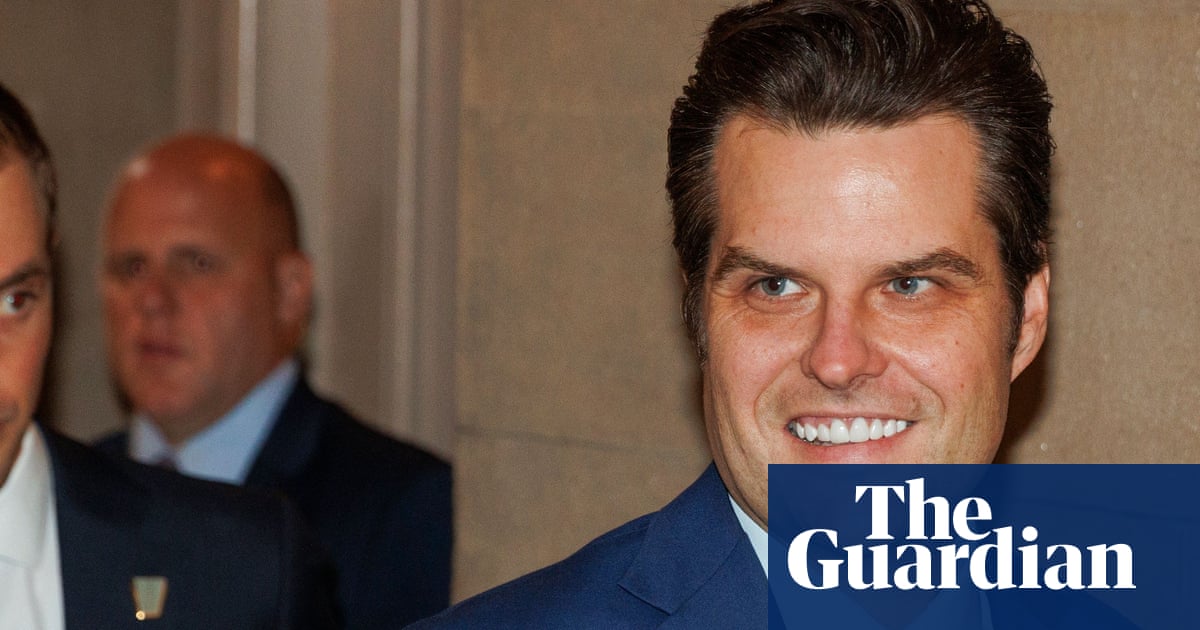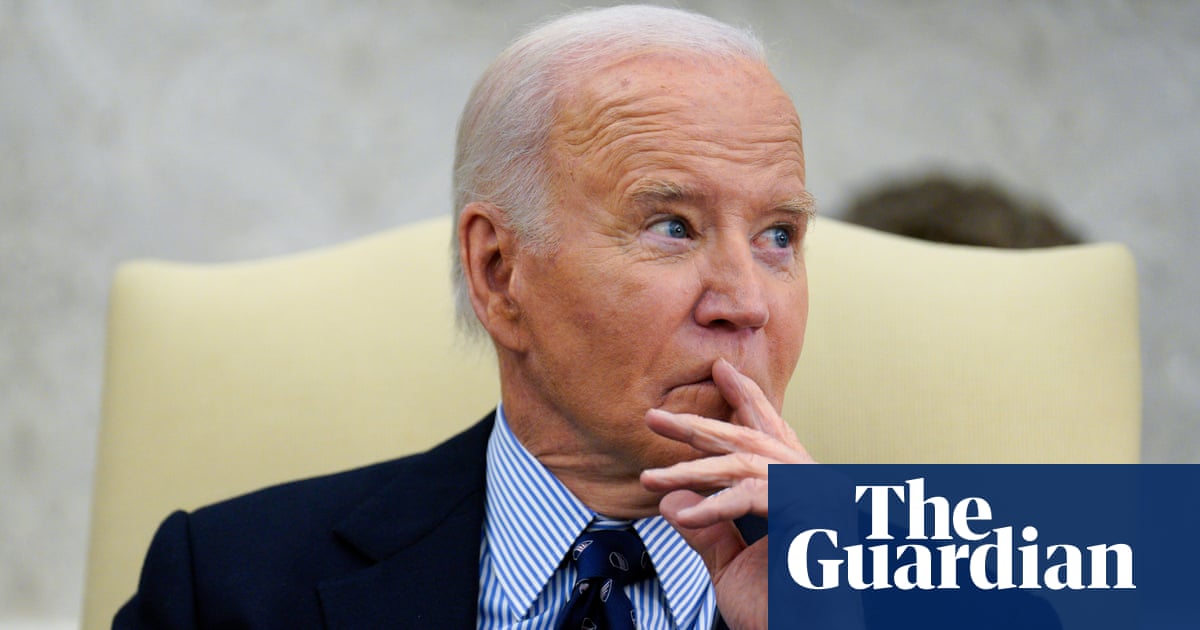Many Americans had probably never heard of Aurora, Colorado, or Springfield, Ohio, before Donald Trump broadcast his false claims about these cities nationwide late in the 2024 presidential campaign.
First, in September 2024, the Republican presidential nominee claimed in a debate with Kamala Harris that Haitian immigrants in Ohio were stealing and eating other residents’ pets. A month later, at a rally in Aurora, Trump declared that city to be a “war zone” overrun by Venezuelan gangs.
Trump’s false claims went viral, creating chaos for these communities. Reporters rushed in. In Springfield, so did bomb threats.
These stories feel familiar to me as an anthropologist whose work has explored the social dynamics of immigrant destinations in the United States. Springfield and Aurora are only the latest small cities to become sudden flash points in America’s ongoing – and increasingly heated – immigration debate.
Siler City, North Carolina
The small town of Siler City, North Carolina, was used as a backdrop for anti-immigrant political rhetoric a quarter century ago.
In the late 20th century, jobs in Siler City’s local poultry industry became a magnet for Latin American immigrants and their families, leading to rapid demographic change. In 1990, the town was 98% white and African American. By the 2000 census, almost 40% of the town’s 6,000 residents identified as Hispanic or Latino.
This shift caused some racial tension, and in 2000 the notoriously racist politician David Duke headlined an anti-immigrant rally outside City Hall in Siler City.
Duke, who was also a former Louisiana state representative and former Ku Klux Klan grand wizard, railed against Latin American immigrants.

“Do you understand that immigration will destroy the foundations of this country?” Duke asked. “When you have more diversity, you end up with more division and more conflict,” he said, warning of “extinction” for white people in the U.S.
Duke also railed against school integration. Thirty-five years after desegregation, this remained a favorite complaint of white supremacists.
Only a handful of people, many of them from out of town, showed up to support Duke’s message, carrying signs like “The Melting Pot is Boiling Over.”
In the short term, Duke’s rally exacerbated polarization in Siler City. It also stoked fear and anxiety among foreign-born residents, some of whom believed the local government had endorsed Duke’s message because the rally took place in front of the town hall.
Looking back, however, many Siler City residents see the David Duke incident as a turning point – toward an improvement in ethnic relations in their town.
After Duke’s rally, local politicians spoke out against the divisiveness and hatred. Within a few months, residents offended by the anti-immigrant rally had organized a unity event and cultural festival.
By the time I visited Siler City in 2008 as a graduate research assistant studying new immigration destinations, many locals noted with pride that white supremacists could gain no foothold in town. They said Duke’s racist rally caused neighbors to stop and think, and decide what side they were on.
Today, Siler City has an immigrant community advisory board, and the government actively works to promote integration and social cohesion among residents.
Lewiston, Maine
A similar story unfolded in the working-class Maine city of Lewiston in 2002 after its mayor wrote a public letter about the city’s rising refugee population.
Just over 1,000 Somali refugees had settled in the city in the preceding year, having been displaced by civil war and drought back home.
“This large number of new arrivals cannot continue without negative results for all,” Mayor Laurier Raymond wrote. “Our city is maxed out financially, physically and emotionally.”
He called on Somali people to “pass the word (that) we have been overwhelmed.”
Raymond’s letter got the attention of organized white supremacist groups, who descended on Lewiston, a former sawmill hub of about 35,000 people. In response, local people formed an ad hoc community organization called “Many and One,” and when the hate group World Church of the Creator rallied in Lewiston on Jan. 11, 2003, only 36 people attended. About 4,000 counter-protesters came out to support the Somali community.
A film crew that had showed up to document the conflict ended up telling the story of Lewistonians sending a message of acceptance and unity.

The temporary stresses on Lewiston were real, but in general locals came down on the side of inclusion and welcome. By 2021, Lewiston had one of the country’s highest per capita populations of Muslim residents, and of Somali-Americans.
Twenty years later, the arrival of Somali families has become part of the story Lewiston tells about its history and identity.
Conservative and anti-immigrant messages continue to resonate in the town. Yet many locals, like author Cynthia Anderson, say they are “moved and inspired” by the resilience of their Somali-American neighbors.
Like most Haitians living in Springfield, Somali people did not choose to leave their country. They were displaced, and many were traumatized – yet they built new lives and contributed to the community.
What can this history tell us now?
While there are key differences between Springfield, Aurora, Siler City and Lewiston, these four places also share many attributes.
These are all economically beleaguered cities with higher crime rates than the U.S. average but lower housing costs and more entry-level jobs in manufacturing. Such places are sometimes called “emerging gateway cities,” because they are appealing to immigrant families seeking opportunity.
Yet the same conditions also make these cities attractive to political figures seeking a stage to blame immigrants for the community’s preexisting economic, social and public safety challenges.
As in Siler City and Lewiston, Springfield and Aurora have mainly rejected false political claims and negative messages about their immigrant residents.
In Springfield, residents have organized rallies and a prayer vigil in solidarity with Haitians, and Ohio’s Republican governor defended the city against Trump’s allegations.
The Republican mayor of Aurora said before Trump’s Oct. 11 visit that he hoped “to show him and the nation that Aurora is a considerably safe city – not a city overrun by Venezuelan gangs.”
The 2024 election has brought tense and polarizing times to these towns. But history suggests that Springfield and Aurora will eventually be home to vibrant and integrated immigrant communities.
Once the vitriol fades, Trump’s incendiary misinformation will likely become just a footnote to the larger story of the country’s 21st-century transformation.

 German (DE)
German (DE)  English (US)
English (US)  Spanish (ES)
Spanish (ES)  French (FR)
French (FR)  Hindi (IN)
Hindi (IN)  Italian (IT)
Italian (IT)  Russian (RU)
Russian (RU)  1 month ago
1 month ago
























Comments